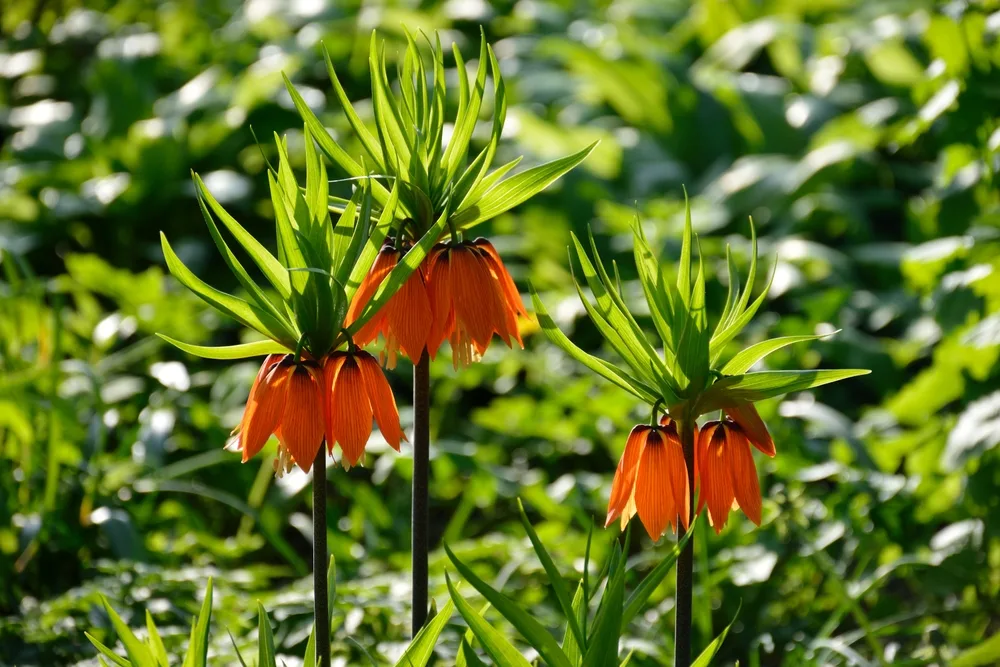
Owning a garden means dealing with pests that might munch on your plants, but one pest that can cause even more damage is the garden mole.
Instead of using harsh chemicals or spreading spices to get rid of moles, consider planting fritillaria.
This beautiful perennial flourishes in the same nutrient-rich soil that moles and their insect prey love but keeps them away with its strong scent.
At first glance, moles might seem beneficial since they eat grubs and insects that could harm your plants.
However, the tunnels they dig can reach up to 150 feet in a single day, destroying the root systems of your garden plants.
While they prefer loamy soil full of insects, moles tend to avoid areas with plants that have bulbs with strong, unpleasant smells, like fritillaria.
Fritillaria: A Beautiful Mole Repellent
Fritillaria is not only effective at keeping moles away but also adds a unique charm to your garden.
As part of the lily family, these flowers have a distinct appearance, with blooms that hang downward and green “frills” that stand tall above them, almost like quirky hairstyles.
The strong odor of fritillaria, which resembles the scent of a fox—a natural predator of moles—makes it an excellent deterrent.
Some fritillaria varieties, such as the skunk lily, have bulbs with a smell similar to that of their namesake, which also preys on moles.
Growing fritillaria is surprisingly simple. They thrive in sunny or partially sunny spots with moist, well-draining soil and can be planted in the fall.
The bulbs will establish roots before going dormant and then bloom in mid-spring.
Plant the bulbs 2 to 6 inches deep and 2 to 12 inches apart, depending on their size, and water them well.
You can even plant them alongside smaller flowers like daffodils, which also deter moles and bloom earlier in the spring.
However, keep in mind that while fritillaria bulbs are toxic and should be kept away from pets and children, their flowers attract pollinators like bees and butterflies, adding extra beauty and life to your garden.
